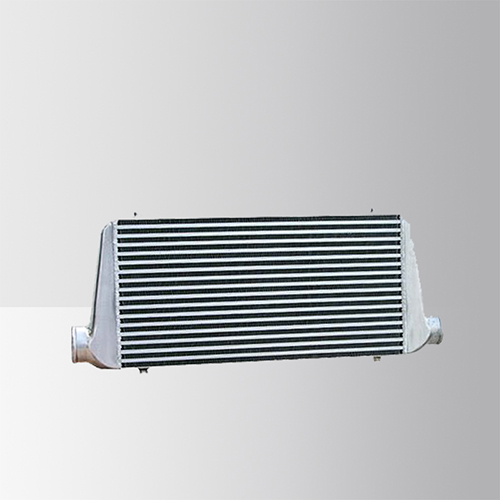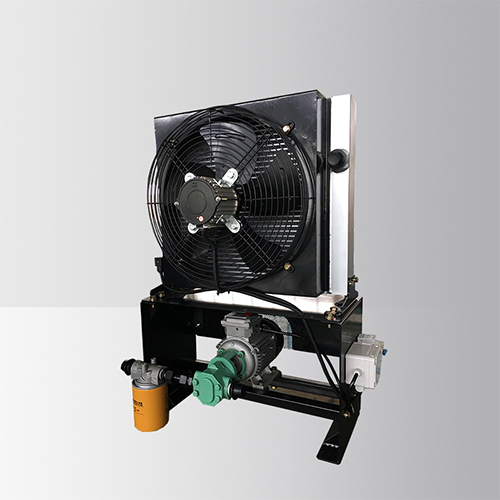In August 2016, the key project of "Efficient Development and Utilization of Water Resources" under the State Key Research and Development Program was officially launched, which is "Technology Integration and Demonstration of High-efficiency and Low-carbon Wastewater Utilization in Urban Areas". The project, led by Harbin Institute of Technology and involving 14 units, first proposed a "gray" + "green" efficient sewage treatment and reuse system. Innovative renewable water integration technology new efficient sewage treatment system released Reuse of municipal wastewater treatment plants for deep treatment of water is one of the effective ways to increase income and reduce expenditure, improve the ecological environment and solve urban water shortages. The Water Pollution Prevention and Control Action Plan also explicitly stipulates that 20% water will be recycled by 2020. The treated municipal wastewater treatment plant effluent reuse generally faces the problems of high construction and operating costs, micro-pollutant residues and nitrogen / phosphorus depth reduction difficult, ecological security is not clear and so on. Sewage treatment Although ecological treatment has the advantages of energy-saving and low-carbon, the increasingly serious pollution of urban water environment leads to the deterioration of urban ecological functions and the difficulty of ecological purification. Therefore, how to establish a low-carbon and efficient urban sewage resource utilization technology system to realize the urban aquatic ecosystem construction mode of "water security, water environment, water landscape, water culture and water economy" Continued use of the major national needs. In August 2016, the key project of "Efficient Development and Utilization of Water Resources" under the State Key Research and Development Program was officially launched, which is "Technology Integration and Demonstration of High-efficiency and Low-carbon Wastewater Utilization in Urban Areas". Based on the research and development ideas of "product" and "ecosystem service", the project aims to establish a "green" and "gray" coupling urban sewage treatment system. The multi-objective reuse technology system is The overall goal, to carry out urban sewage low-carbon, safety, resource utilization and risk assessment technology research. To form a strengthened ecological restoration and recovery technology system, research and development of new energy-saving biological treatment of sewage and sludge treatment and disposal of safe technology, the reduction of trace organic matter in recycled water technology and equipment, the establishment of multi-target wastewater treatment reuse risk and technical and economic evaluation methods and System, complete demonstration project construction and operation. Wastewater reuse can effectively save and utilize limited and valuable freshwater resources, reduce the discharge of sewage or wastewater, reduce the spatial range of water recycling, reduce water pollution, and also relieve the overload of urban drainage pipelines. Obvious social benefits, environmental benefits and economic benefits. The project is led by Harbin Institute of Technology and co-participates with 14 units including Peking University, China University of Science and Technology, Tianjin University, Beijing University of Technology, Institute of Geographic Sciences and Natural Resources Research of CAS, and BEWG. The project leader is Ren Nanqi, Professor Feng Yujie, deputy director of the State Key Laboratory of Resources and Water Environment, assisted Ren Nanqi academicians in carrying out the project. Carrying out the time from July 2016 to December 2020, the special funds of 35 million yuan, setting eight topics, project technology line shown in Figure 1. The project focuses on the "internal mechanism of material flow and energy flow in urban sewage treatment" and put forward the "gray" + "green" high-efficiency sewage treatment and reuse system for the first time. The research contents as follows: (1) sewage / sludge low-carbon, efficient treatment and resource and energy Mainly include high efficiency intelligent aeration, granular sludge technology, anaerobic fluidized bed technology, microbial electrocatalysis enhanced residual sludge methane production, carbon source directional synthesis of polyhydroxyalkanoates within the sludge and other technology research and development, promote sewage / sludge Industrialization of Low Carbon Efficient Processing Technology. (2) Technology and equipment for reducing nitrogen / phosphorus depth in reclaimed water Through the urban sewage reclamation nitrogen and phosphorus depth reduction technology research and development to address the depth of urban sewage treatment of effluent water as a landscape or industrial reuse of water commonly faced by nitrogen and phosphorus pollutants. The integration and application of nitrogen and phosphorus depth reduction technologies significantly improve the effluent quality of sewage treatment plants and meet the high quality requirements of industrial and domestic miscellaneous water. (3) Strengthen the technology of ecological purification to deal with the "green" technical system of effluent from sewage plants It mainly includes the research and development of micro-nano materials, enhanced ecological purification technology to strengthen microbial electron transfer, ecosystem restoration and reconstruction, purification and reutilization of urban stormwater runoff, and research on ecological floating bed technology, and the establishment of a new technology covering in situ monitoring of pollutants, material-plant-microorganism One of the enhanced eco-purification system for the establishment of green systems to provide complete sets of technical systems. (4) "Gray" technical system for the technology and equipment of reducing trace organic substances in reclaimed water In the process of reuse of municipal wastewater treatment plant drainage, conventional deep treatment technology has higher cost of construction and operation and less ability of removing residual pollutants in water, and the development of the technology of composite mediate absorption and coagulation treatment Coupling treatment technology, the establishment of composite mediator (magnetic, zeolite, powdered carbon, etc.) Adsorption enhanced coagulation filtration and load mediator efficient precipitation coupled membrane filtration, high efficiency and low consumption of intensive oxidation / adsorption - membrane separation of waste water recycling technology integration and optimization Other research and development. (5) Wastewater multi-target reuse process risk and technical and economic evaluation methods and systems To carry out the ecological toxicity and health effects assessment of multi-objective wastewater reuse, ecological risk and human health risk assessment and ecosystem services evaluation research, put forward a reasonable technical method and evaluation index system for the evaluation of recycled water multi-objective reuse, in order to optimize the urban sewage Reuse technology to provide evaluation methods. The new technologies, new materials and new equipment proposed by this project represent the development direction of energy-saving and low-carbon operation of urban sewage plants and high-quality reclaimed water treatment. Research results formed by the project will be the driving force behind the development of reclaimed water treatment in urban sewage treatment plants, promote the further treatment of urban sewage and further increase the reuse rate, and ease the current tension between supply and demand of water resources. Using the achievements of this project, the scale of high-quality reclaimed water treatment of demonstration enterprises can be greatly improved within a short period of time. According to the high quality reclaimed water price of 7 yuan / m3, the annual income will exceed 100 million yuan. The project of photodegradation of organic pollutants by micro-nano materials, micro-nano material-plant-microbe coupling restoration system and aquatic plant enhancement purification system will improve the water environment treatment and water ecological restoration efficiency of urban river (lake) and improve significantly Repair the environment around the water body, improve the regional investment environment as a whole and accelerate the construction and development of the areas along the route, and guide the adjustment of the industrial structure and industrial layout in the region. Comprehensive biological toxicity testing and risk assessment and ecological service comprehensive evaluation of reclaimed water reuse can help control the negative effects on the ecosystem and human health caused by the reuse of reclaimed water and promote the reuse of reclaimed water. After the repair of urban water environment, the urban water environment has been significantly improved. Water quality is purified, the regional water environment capacity increased significantly, the ability to adjust the amount of water increased, can reduce the waterlogging caused by heavy rain, ease the drainage network load. < 1 2 >
The Plate-fin Heat Exchanger can realize air-air, air-water, air-oil, refrigerant-air, and other fluid medium heat exchange processes. The tube&Flat fin heat exchanger can realize the air-water, air-air fluid medium heat exchange process, and the cold plate heat exchanger can realize the water cooling cycle refrigeration process.
Water Shell&Tube Heat Exchanger Water Shell Heat Exchanger,Water Tube Heat Exchanger,Tube Heat Exchanger,Types Of Heat Exchangers Xinxiang Zhenhua Radiator Co., Ltd. , https://www.thermictransfer.nl

